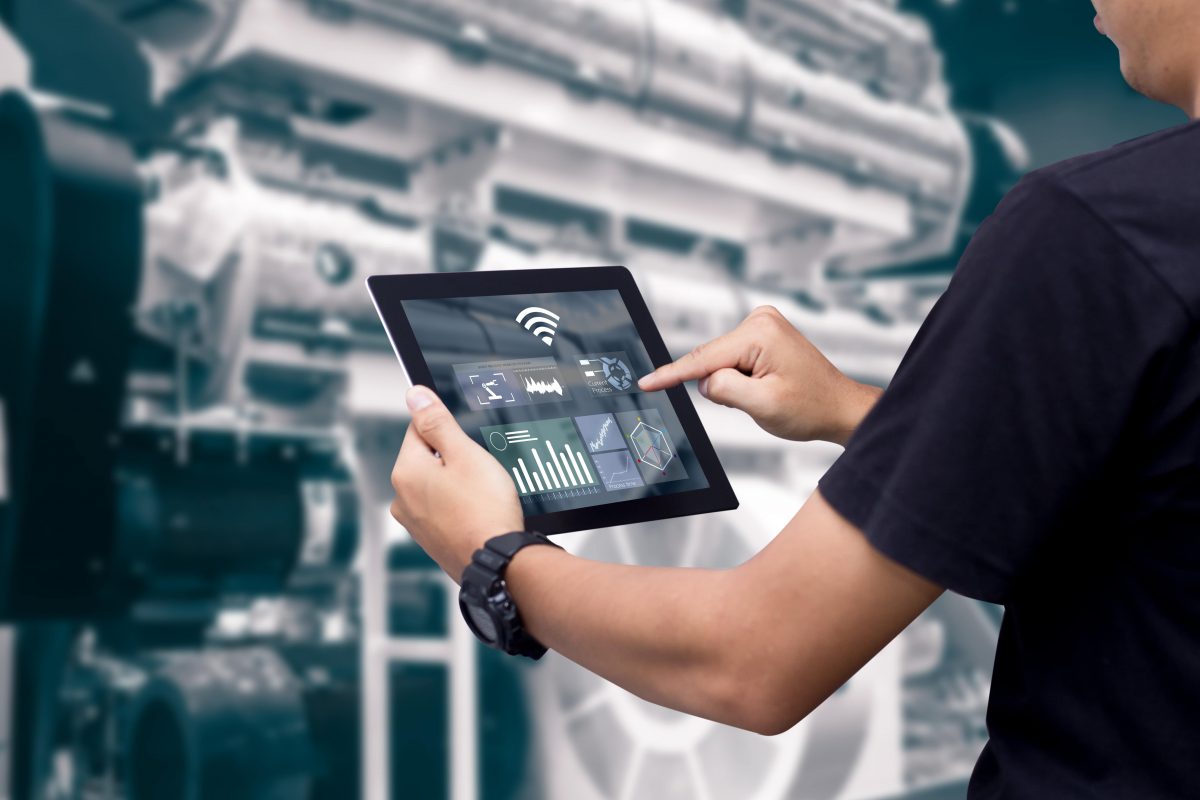By definition, hyperautomation is a disciplined business-driven approach employed by organizations to identify, examine and quickly automate as many business and IT processes as possible
This perspective eases scalability, remote operation and leading innovation of the commercial/business model, fostering as wellthe digital transformation and process optimization.
Hyperautomation implies the fine-tuned use of multiple technologies, tools or platforms, low-code or no code tools, robotic process automation (RPA), event-driven software architecture, business process management (BPM) and Intelligent Business Process Management Suites (iBPMS), Integration Platform as Service (iPaaS) covering Artificial Intelligence (IA), packed software and other types of automation tools for decisions, processes and tasks.
Hyperautomation entangles a stack of advanced technologies to boost business automation and provides the frame for the strategic deployment of these technologies, whether jointly or individually.
Process Optimization
This practice is used to identify the task to be automated, to choose the appropriate automation tools, to boost agility by reusing automated processes and to build the robust structure from a specialized Center of Excellence (CoE). Not only its objective is to cut down costs, impulse productivity and get efficiencies but also the capitalization of data collected and generated through digitalized processes, which will be subsequently employed to make better commercial/business decisions.
Hyperautomation encourages companies to think about the types and maturity of technologies and the processes needed to scale automation initiatives and create a process to “automate automations”. By doing this, it accelerates the identification of automation opportunities and then generate the appropriate automation artifacts. That is to say that it extends the automation of legacy commercial processes beyond the boundaries of the individual processes. Hyperautomation is the expansion of automation: it adds an advanced technology layer which enables further improvements in technology.
Business Processes
Among the benefits this practice brings up, we may stress automation cost reduction, productivity streamlining, optimized alignment between IT and business, better introduction of Low-Code applications and technologies in business processes and enhanced capacity to prioritize future automation efforts. On top of these, hyperautomation may release domestic resources which may be applied to enhance other areas such as customer experience, marketing and sales. Gartner Consulting outlined this approach as one of the technological trends for 2022 which may provide personalized solutions adaptable to the needs of a specific company or industry. The definition of a solid strategy and the identification of specific objectives toattain are the foundations for its implementation; afterwards, all opportunities should be analysed as from the perspective of scalability while recognizing which processes are mature to be automated. Finally pilot tests come up before implementation.


